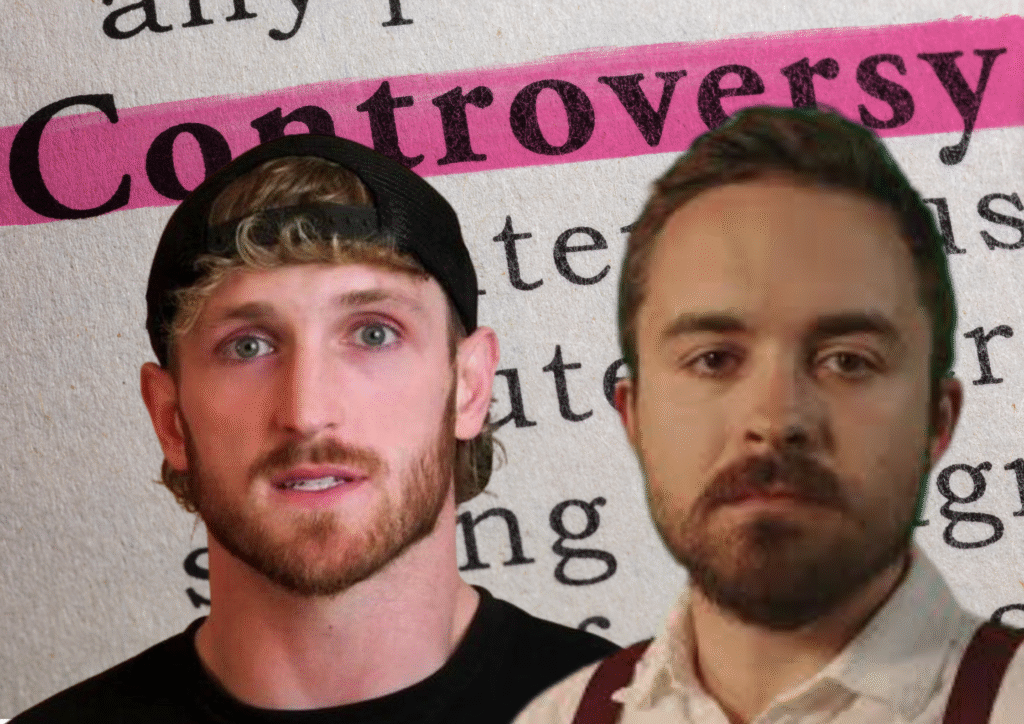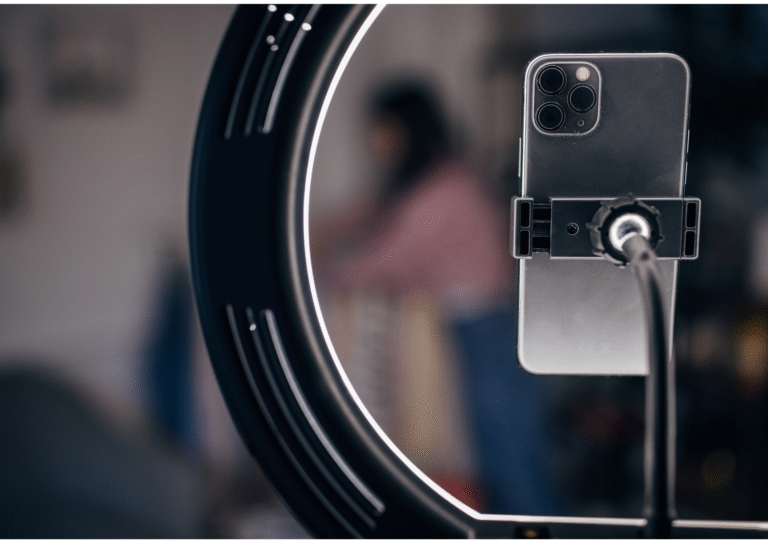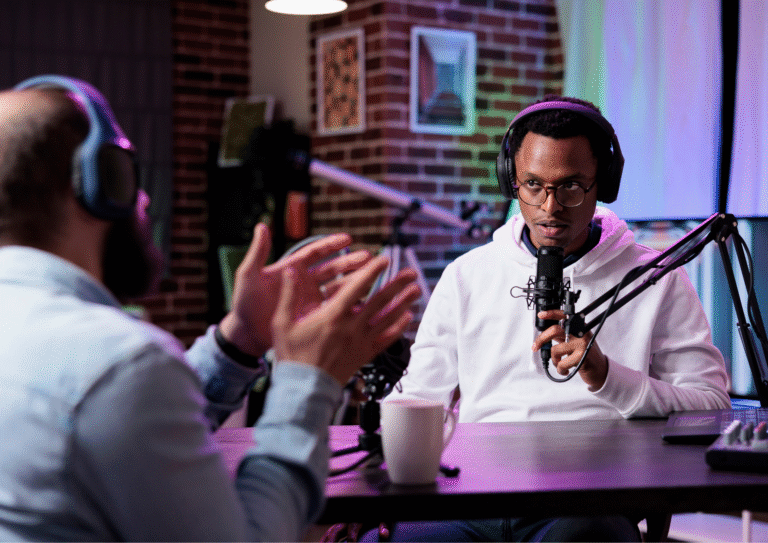
Explore why we can’t stop watching online meltdowns, what psychologists call schadenfreude, and how moments like Logan Paul’s CryptoZoo collapse reveal deeper truths about empathy, accountability, and our digital culture.
Why do we pause, scroll, and yes – even smirk when we see someone lose it online? Whether it’s a gamer yelling at a glitch mid-stream or a celebrity’s scandal exposed, that rush of satisfaction at another’s misfortune is called schadenfreude. And it matters, a lot more than just serving as guilty entertainment. It gives us clues into how we think, how we feel, and how we’ve built the social world in the age of social media.
Neuroscience shows our brains literally light up with pleasure when we witness someone we envy or dislike collide with reality, even if that someone is a global influencer YouTube+3Wikipedia+3YouTube+3. Essentially, our brain’s reward center has a private cheer moment whenever public figures stumble.
Psychologists break schadenfreude into three emotional triggers: rivalry, justice, and group triumph. In the online world, these triggers come fast, drama unfolds in thread-form tweets, viral exposés, cancel-culture pile-ons. Anything from an influencer’s poorly timed apology to a streamer’s meltdown can satisfy that impulse .
At first glance, schadenfreude looks callous, but it’s more nuanced. There’s often a reaction of moral correction beneath the surface. We don’t just want them to fall, we want them to learn or be held accountable.
A Moment That Shifted From Spectacle to Solidarity
One schadenfreude moment that still sticks with me isn’t viral B-roll or a staged rant, it’s Logan Paul’s meltdown during the CryptoZoo scandal, brought to light by Coffeezilla. In December 2022, Coffeezilla released a scapegoating exposé revealing broken promises in CryptoZoo, missing features, and a failed developer roadmap Wikipedia+2Wikipedia+2YouTube+2. Logan responded with visible frustration, broadcasted and live, delivering a rare real-time flop in public control.
The collision was immediate: defensive tone, heated threats, pure panic. Watching someone so big unravel drew us in, and we watched every second. That’s classic schadenfreude.
But then, something unexpected happened. Logan pulled in next moves: deleted legal threats, apologized publicly in January 2023, and launched a $1.3 million refund program, which later expanded YouTube+1YouTube+1YouTube+2Wikipedia+2Wikipedia+2. That arc, from meltdown to accountability, captured attention. Schadenfreude began to soften into empathy.
“It wasn’t just a fall, it was a public reckoning, then a human response.”
That pivot was powerful: it was redemption in front of our digital eyes.
Why We’re Drawn In—and Why It Matters
It’s reflexive, but not necessarily wrong. Studies show controversy travels faster than kindness on social media, hooking us into outrage cycles . Platforms amplify these moments, giving us a steady feed of disintegration and fallout.
But schadenfreude isn’t toxic when held with purpose. Dr. Simone Schnall and colleagues at Cambridge found that even when fans witnessed a celebrity’s moral failure—like Logan Paul’s Aokigahara controversy, many stuck by them. People hold onto admired figures because identity and community are woven in fandom University of Cambridge.
The key twist comes when people see both the fall and the climb. Watching Logan Paul face consequences, make amends, and attempt redemption opens up empathy. Schadenfreude isn’t just about “ha”, it can be a spotlight for change.
A Softer Moment: From Angry Snap to Shared Laughter
I’ve had my own schadenfreude moment: a podcaster in the middle of an interview snapped when asked a hard question. It was tense, loud pure meltdown. But then they laughed it off, apologized on the spot, and suddenly the room shifted. The tension broke; we laughed, we connected.
That moment taught me schadenfreude and compassion can coexist. The reaction can evolve from schadenfreude-trigger to empathy-and-solidarity moment. We wanted correction, not ruin.
How to Watch Without Losing Compassion
So how can we enjoy dramatic content while keeping compassion?
First, recognize that schadenfreude is natural. Our cortex lights up when justice feels served. But we choose how we engage.
Second, pause before you share or comment. Ask yourself, Am I cheering on downfall or accountability?
Third, watch for recovery—not just failure. Celebrate when people take accountability, like Logan with CryptoZoo refunds and apologies.
That’s how schadenfreude becomes a catalyst for compassion and change.
This explainer on schadenfreude online shows why observing breakdowns, like Logan Paul’s CryptoZoo fallout, can deepen our empathy, strengthen community standards, and teach us about justice and second chances.
Final Thoughts
Schadenfreude taps into our need for fairness, identity, and connection. But it’s easy to be swept away in the thrill of downfalls. By watching ethically valuing accountability and redemption we transform schadenfreude into something human, not harmful.
Next time you hit play on an online meltdown clip, consider: Am I craving collapse or transformation? With that tiny question, we can move from “I laughed” to “I learned.”
Sources
- Andrew R. Chow, “How Logan Paul’s Crypto Empire Fell Apart,” TIME, Feb 2 2023 Wikipedia.
- BBC, “YouTube star Logan Paul apologises for CryptoZoo project failure,” Jan 9 2023 YouTube+9Wikipedia+9YouTube+9.
- Cambridge University, “Fervent fans keep faith with heroes even after ‘immoral acts,’” Sept 6 2022 University of Cambridge.








